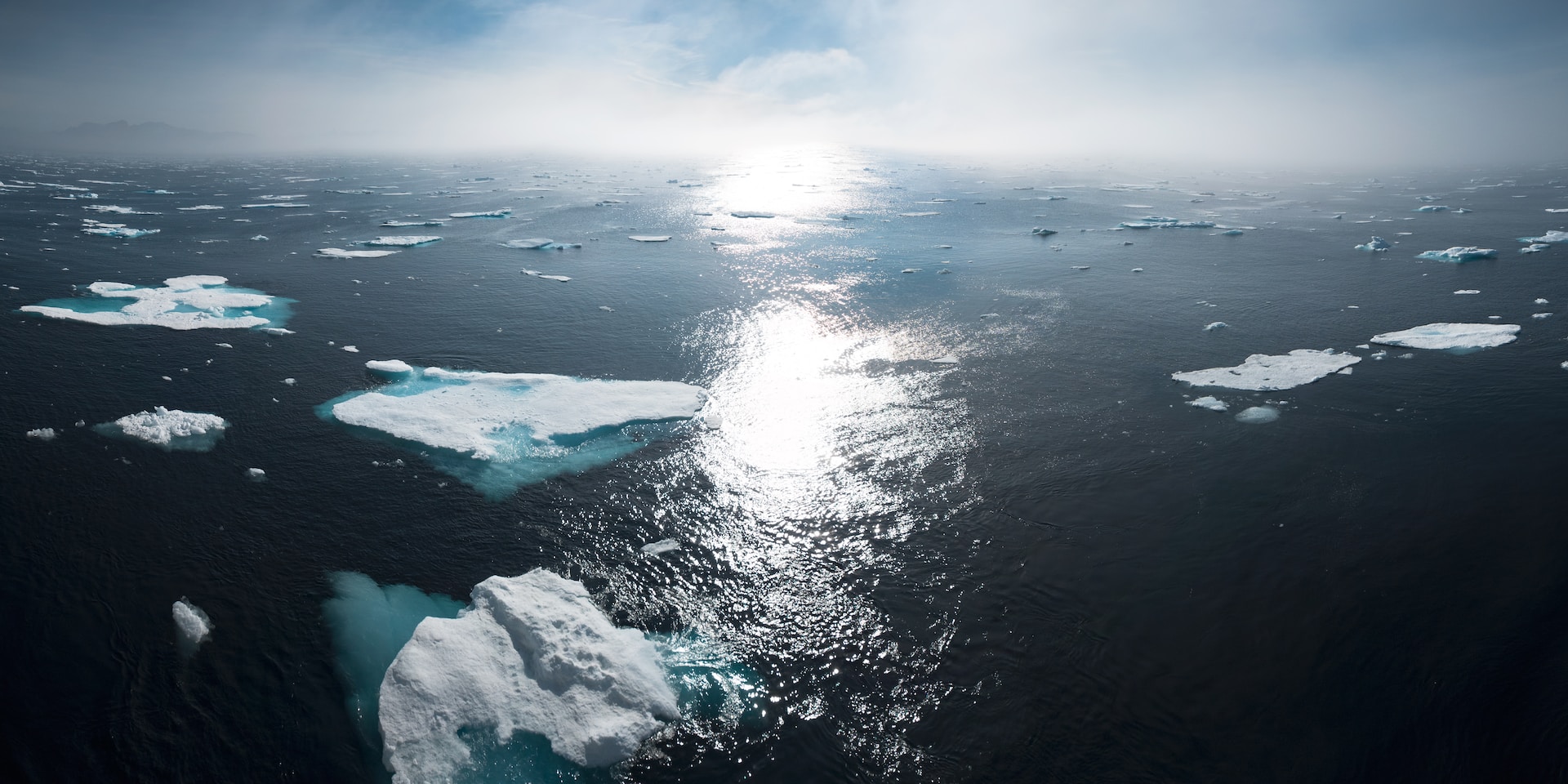Environment & Nature
Negative trend in climate change to continue till 2060s: WMO

There are two hotspots in the world where warming and climate change are “more effective” than elsewhere in the world,” Taalas said. (File photo: William Bossen/Unsplash)
GENEVA – Even with successful climate mitigation efforts, the negative trend in climate will continue for the coming decades, the secretary-general of the World Meteorological Organization (WMO) has warned.
“We can still affect this situation, but the negative trend in climate will continue until the 2060s anyhow,” Petteri Taalas told Anadolu in an interview.
“And if we are successful in climate mitigation, we could phase out this negative trend, but the melting of glaciers and sea level rise is a game we have practically lost that will continue for the coming even thousands of years,” Taalas said.
Underlining that it will be a long-term threat in many areas globally, especially for coastal areas and the Mediterranean region, he said the good news is that the world now has the technological means to be successful in climate mitigation.
Also, the countries began acting against climate change, he said, but argued that efforts of those nations which are going through an economic transition needed onboard as well.
Although the world has a good means to be successful in climate mitigation with the dropping prices of solar and wind energy and the growing amount of electric vehicles, the secretary-general said it is not likely to reach the Paris Agreement goal of keeping warming below 1.5C.
“So far, we are not yet heading towards the Paris 1.5 degrees target, which is a challenge. We have to boost our climate mitigation efforts,” he said, adding that the 1.5C target would be the best for the welfare of human beings, for the biosphere, and also for the global economy as it is stated by the science community.
Mediterranean region, Türkiye
There are two hotspots in the world where warming and climate change are “more effective” than elsewhere in the world,” Taalas said.
“Number one is the Arctic, and the second largest warming we have seen taking place is in the Mediterranean region,” he said. “And this negative trend is supposed to continue for the coming decades anyhow.”
That means the Mediterranean region will become “both warmer and also drier,” and in the coastal areas, the sea level rise will also have an impact, he said.
“And that’s of course bad news for agriculture. It’s bad news for tourism and human well-being in that part of the world,” he added.
Regarding the situation in Türkiye, which is expected to be among the countries that will feel the impact of climate change stronger, the secretary-general said the country will see “much higher temperatures in the future, especially during the summer half of the year.”
“The rainfall amounts are going to be lower and evaporation from the ground is going to be enhanced. And gradually we will see also sea level rise impacts and in the long run, there’s a risk of even several meters of sea level rise,” he said. “But that’s fairly slow progress.”
He added, however, that during the coming decades, the intensification of heatwaves and drought are going to be “more frequent.”
WMO annual report on climate change
Taalas also spoke about the WMO’s annual report on the advance of climate change in 2022 published Friday.
The report found that from mountain peaks to ocean depths, climate change continued its advance in 2022, while droughts, floods and heatwaves affected communities on every continent and cost many billions of dollars, he said.
He added that Antarctic sea ice fell to its “lowest extent” on record and the melting of some European glaciers was literally “off the charts.”
“By the end of last year, we have again broken records in main greenhouse gas concentrations, carbon dioxide, methane and nitrous oxide, and in the last 10 years, they have been the warmest on record, and so far, we have reached 1.15 degrees warming,” he said.
“We have seen a record in ocean heat content where we have stored more than 90% of the heat,” the secretary-general said. “We have seen a doubling of the sea level rise. It used to be 2.3 millimeters per year in the past.
“Recently, we have been fairly close to a five millimeters per year sea level rise, and then we have seen the record low amount of sea ice in the Antarctic area.”
Also, several extreme weather events occurred last year, he said, giving the example of the severe floods in Pakistan and heatwaves in Europe, China, the US and Mexico with severe drought.
“For example, in China, they had the lowest amount of water in the main Yangtze River. In the UK, they broke the all-time temperature record, 40 degrees (Celsius), and also in Sweden, they broke the all-time temperature record, 37.2 degrees,” he continued.
“So we haven’t seen an improvement in the real atmosphere yet, and all of these climate indicators, they’re moving in the wrong direction,” Taalas warned.
According to the report, rainfall in East Africa has been below average for five consecutive wet seasons, the longest such sequence in 40 years, as 20 million people faced acute food insecurity.
Record-breaking rain in July and August led to extensive flooding in Pakistan, killing 1,700 people and displacing almost 8 million with total damage and economic losses of USD30 billion, it noted.
Meanwhile, deaths associated with the heat in Europe exceeded 15,000 in total across Spain, Germany, the UK, France, and Portugal.
In Somalia, nearly 1.2 million people became internally displaced by the catastrophic impacts of drought on pastoral and farming livelihoods and hunger during the year, the report said. (Anadolu)





















